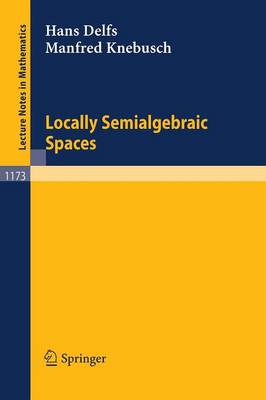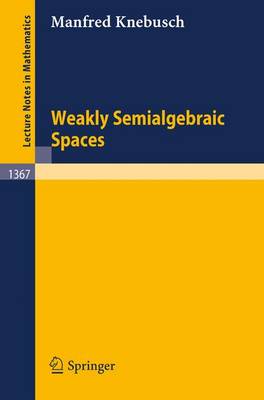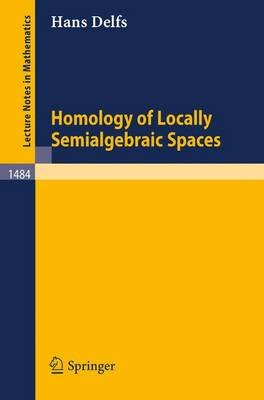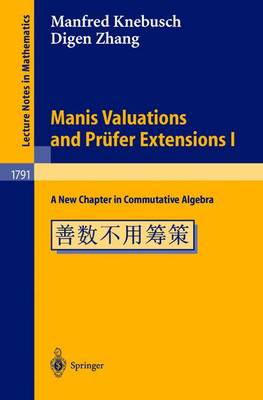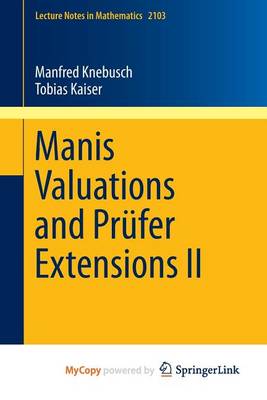Lecture Notes in Mathematics
5 primary works
Book 1173
Book 1367
Book 1484
framework for studying the topological properties of
varieties and semialgebraic sets over a real closed field.
This book contributes to the fundamental theory of
semialgebraic topology and falls into two main parts.
The first dealswith sheaves and their cohomology on spaces
which locally look like a constructible subset of a real
spectrum. Topics like families of support, homotopy, acyclic
sheaves, base-change theorems and cohomological dimension
are considered.
In the second part a homology theory for locally complete
locally semialgebraic spaces over a real closed field is
developed, the semialgebraic analogue of classical
Bore-Moore-homology. Topics include fundamental classes of
manifolds and varieties, Poincare duality, extensions of the
base field and a comparison with the classical theory.
Applying semialgebraic Borel-Moore-homology, a semialgebraic
("topological") approach to intersection theory on varieties
over an algebraically closed field of characteristic zero is
given. The book is addressed to researchers and advanced
students in real algebraic geometry and related areas.
Book 1791
Manis Valuations and Prufer Extensions I
by Manfred Knebusch and Digen Zhang
Book 2103
Manis Valuations and Prufer Extensions II
by Manfred Knebusch and Tobias Kaiser
This volume is a sequel to "Manis Valuation and Prufer Extensions I," LNM1791. The Prufer extensions of a commutative ring A are roughly those commutative ring extensions R / A, where commutative algebra is governed by Manis valuations on R with integral values on A. These valuations then turn out to belong to the particularly amenable subclass of PM (=Prufer-Manis) valuations. While in Volume I Prufer extensions in general and individual PM valuations were studied, now the focus is on families of PM valuations. One highlight is the presentation of a very general and deep approximation theorem for PM valuations, going back to Joachim Grater's work in 1980, a far-reaching extension of the classical weak approximation theorem in arithmetic. Another highlight is a theory of so called "Kronecker extensions," where PM valuations are put to use in arbitrary commutative ring extensions in a way that ultimately goes back to the work of Leopold Kronecker.
